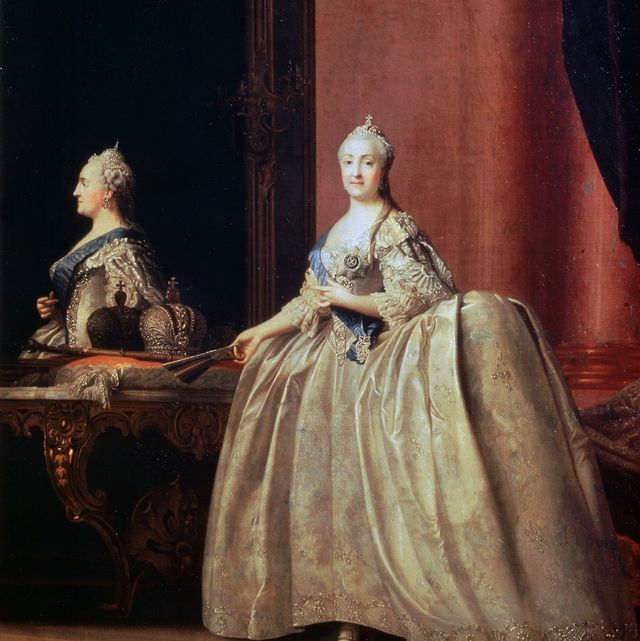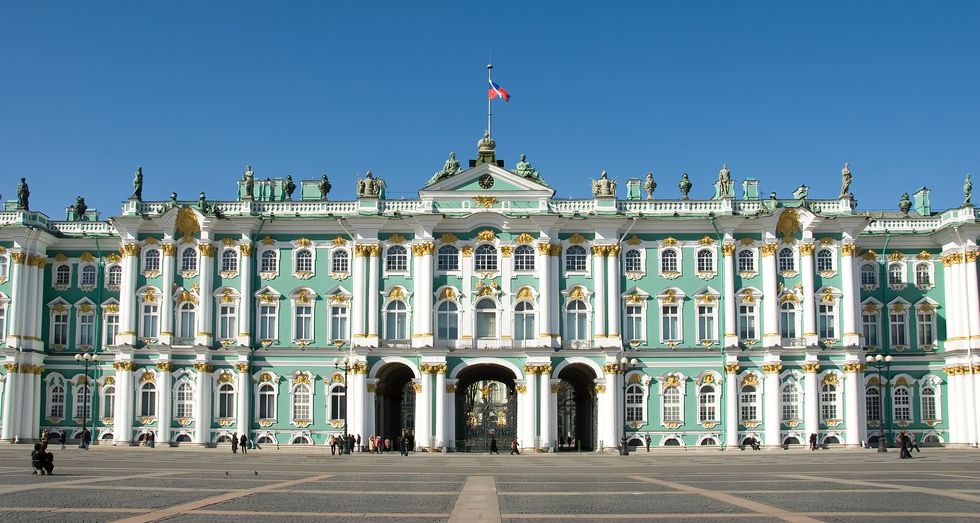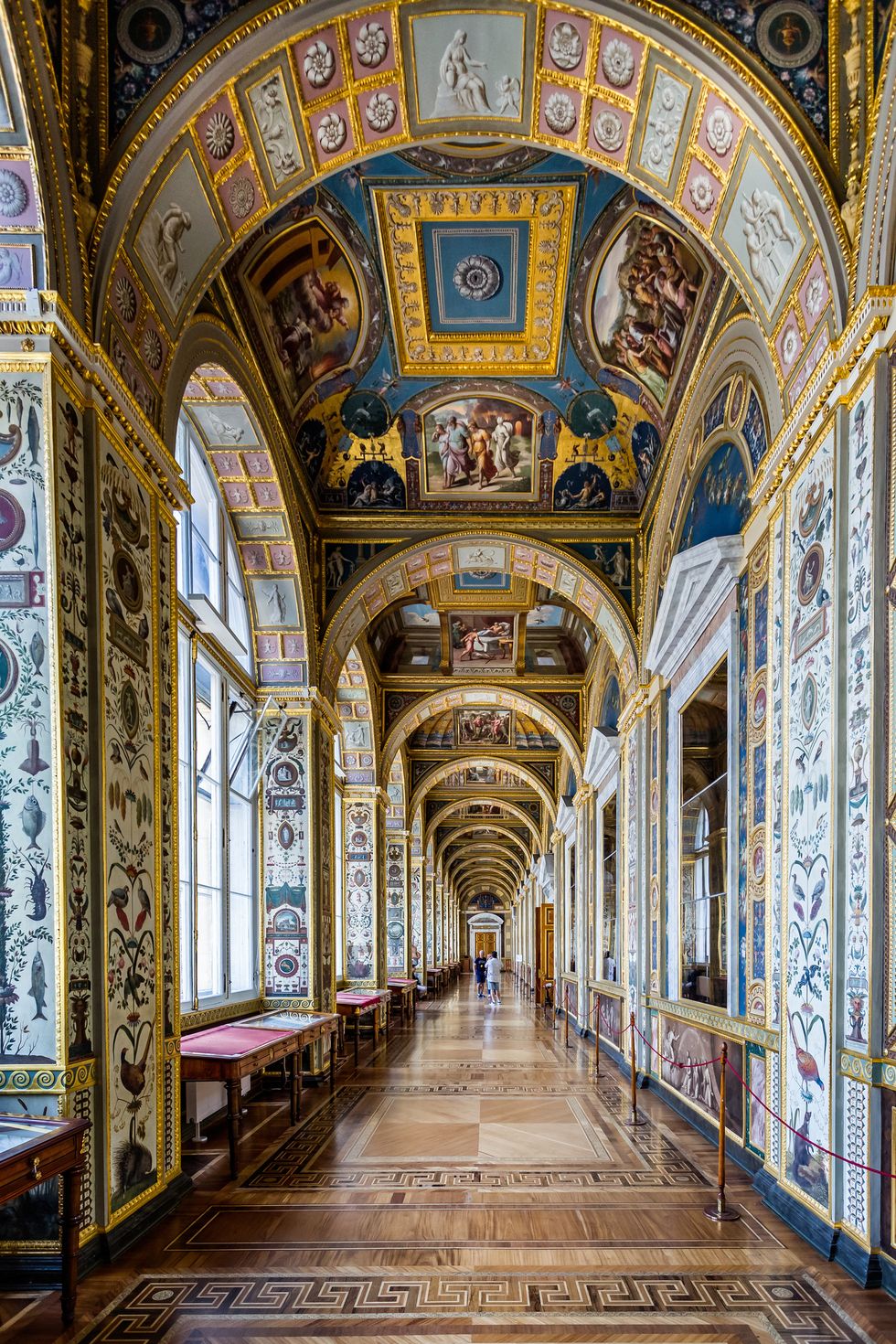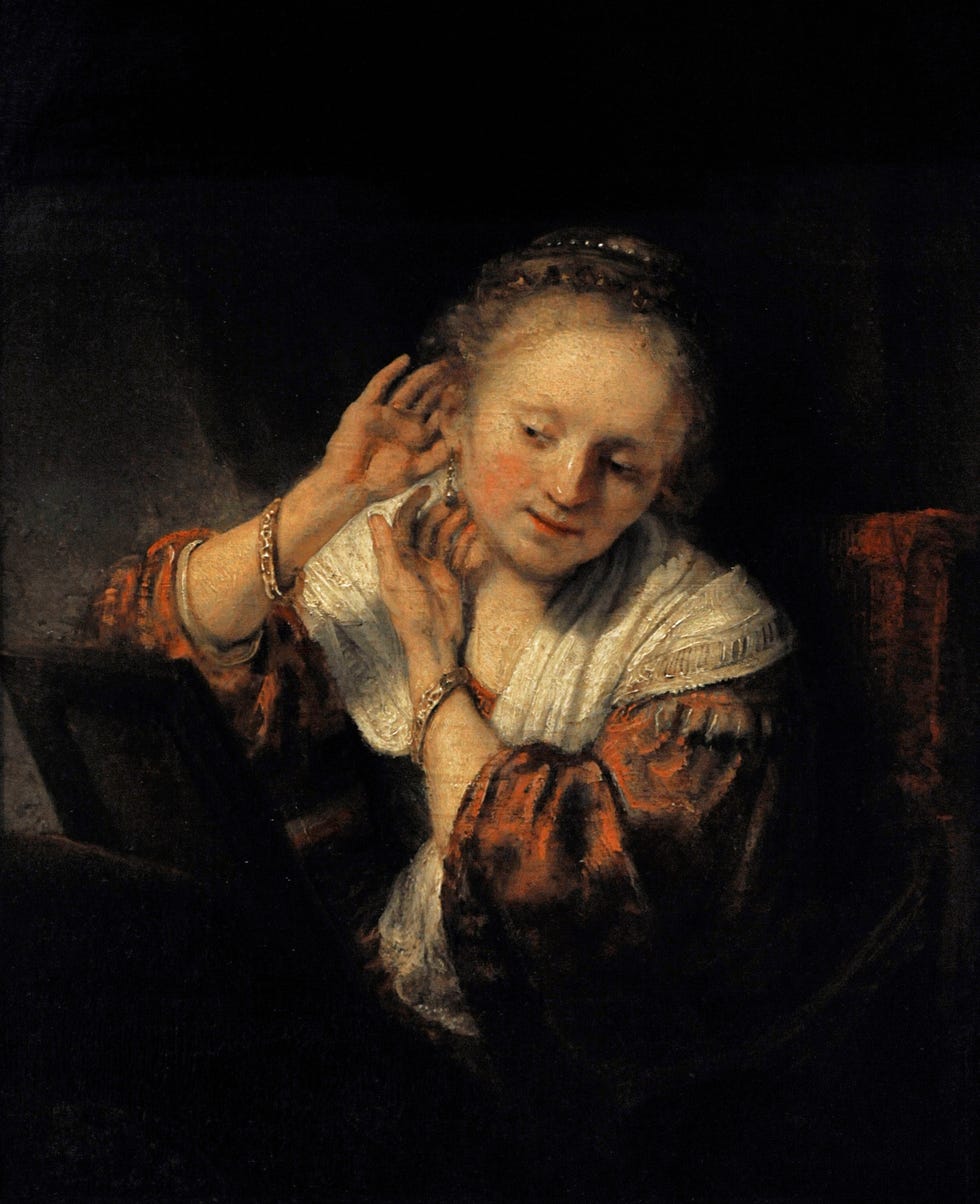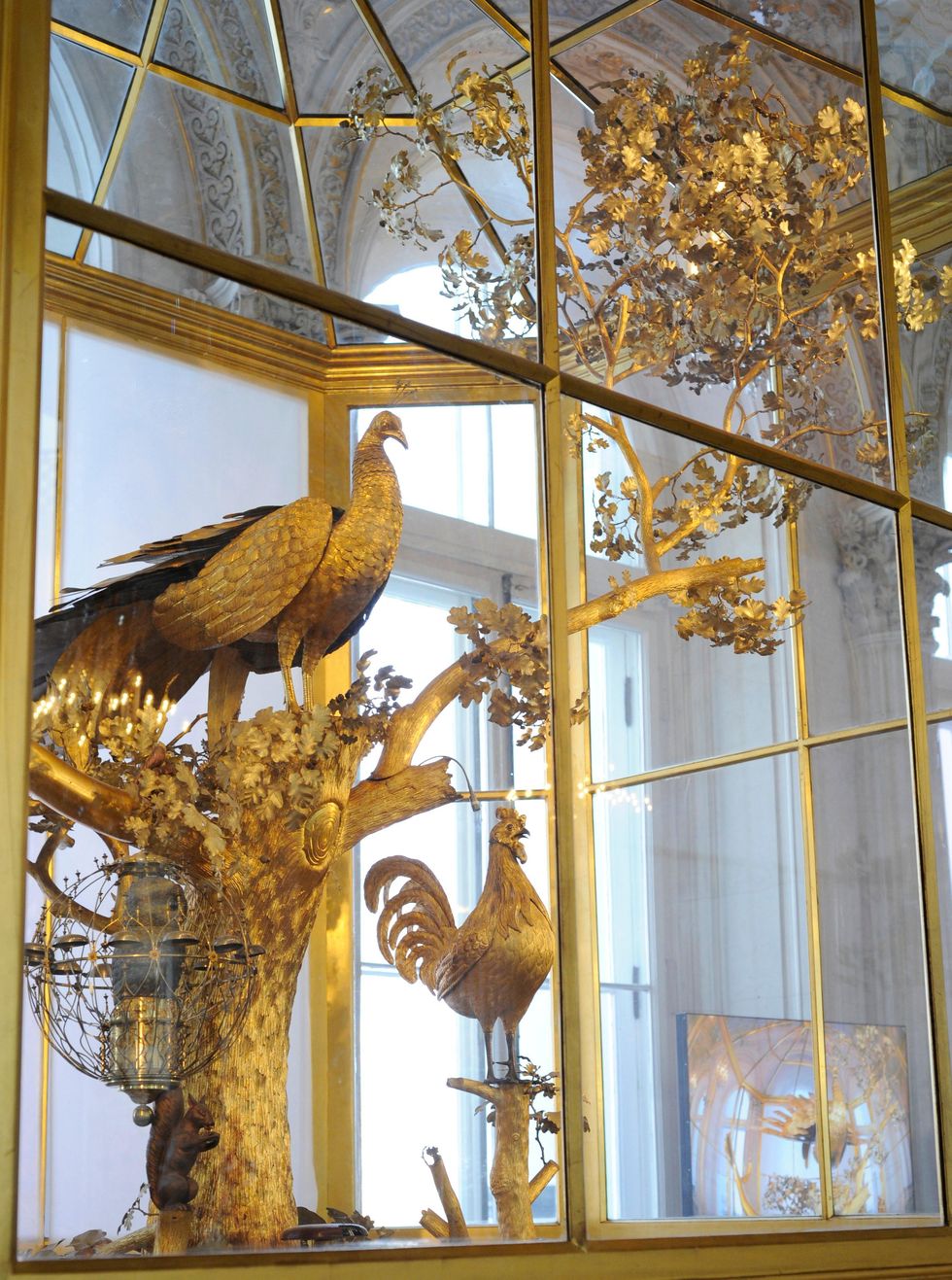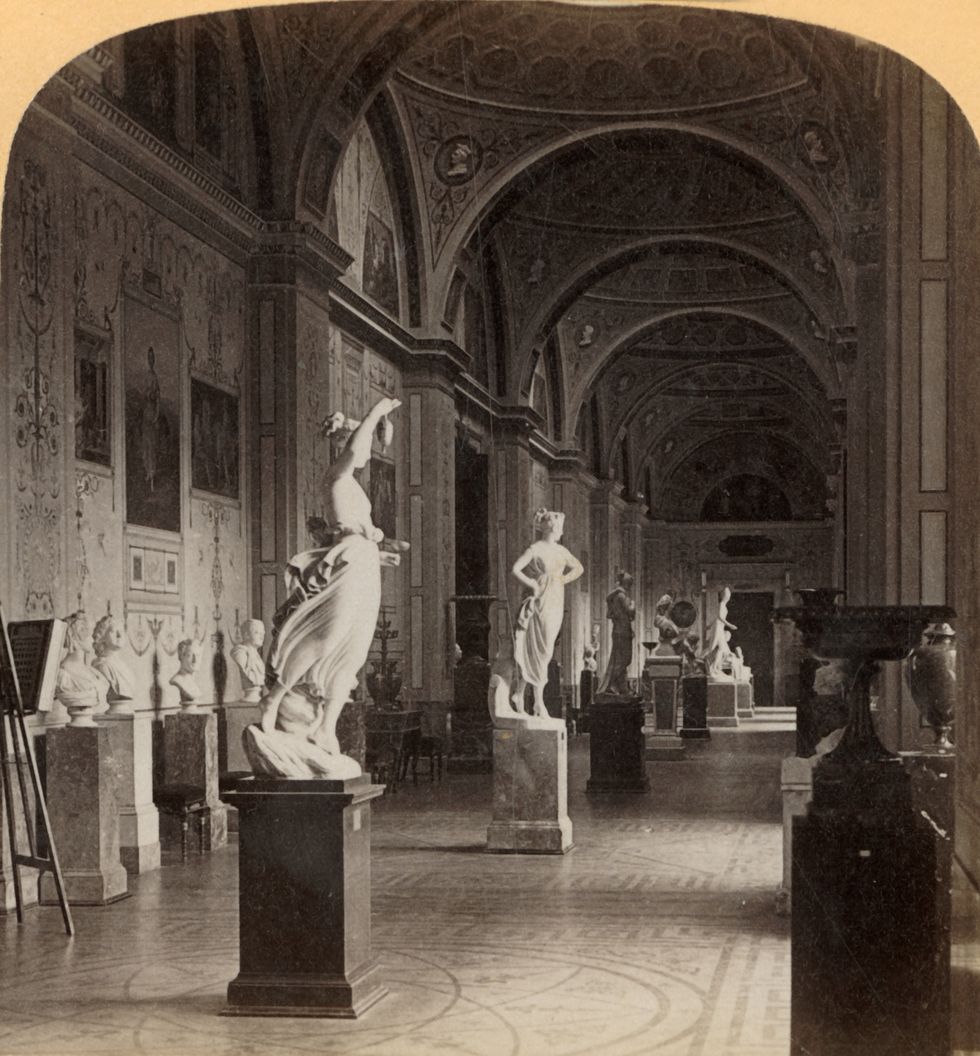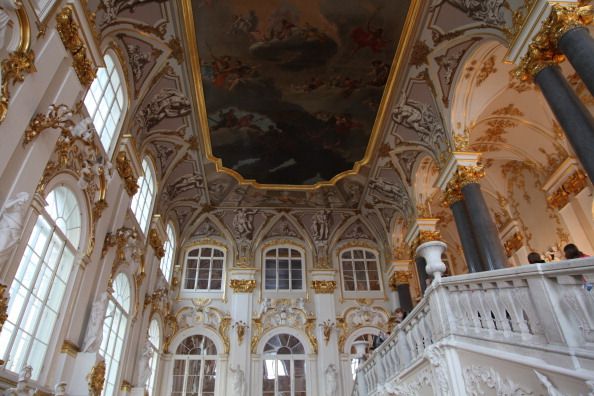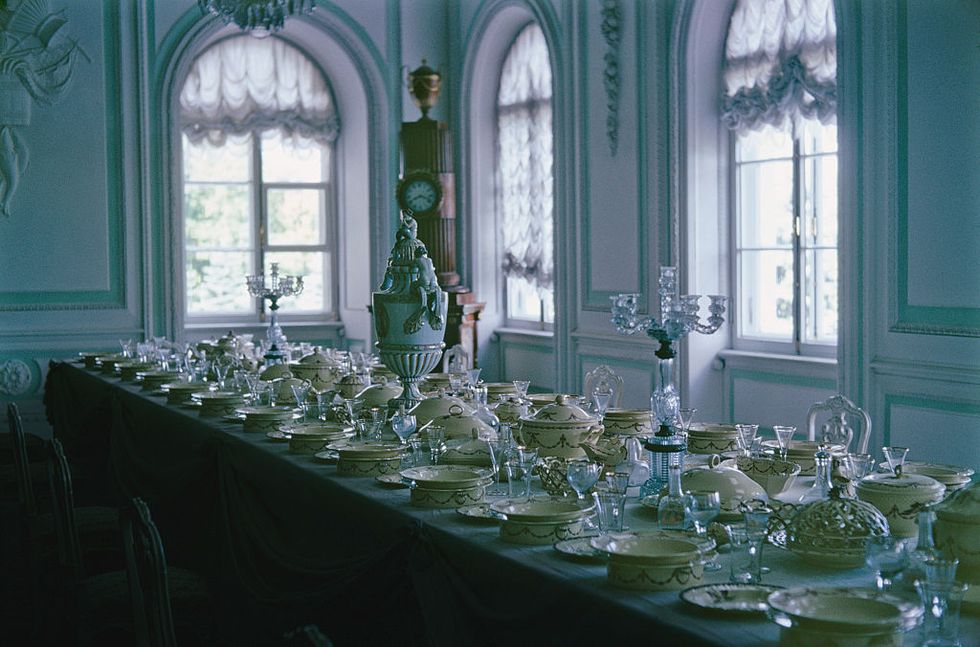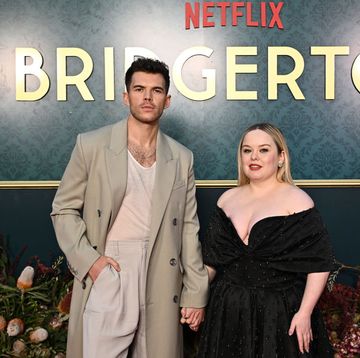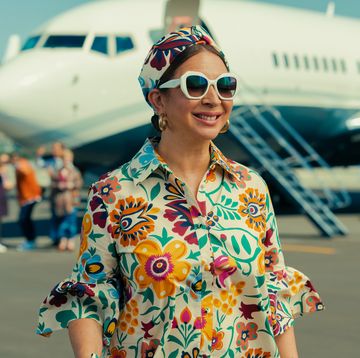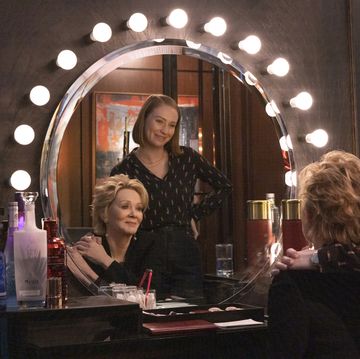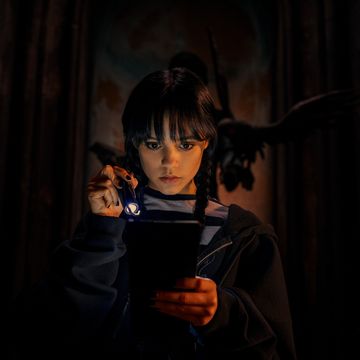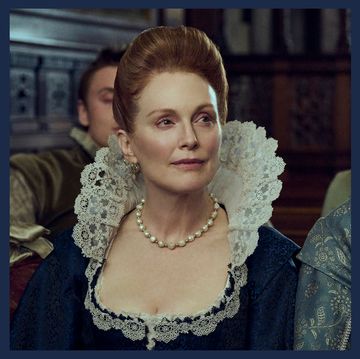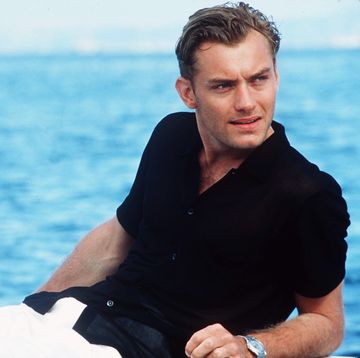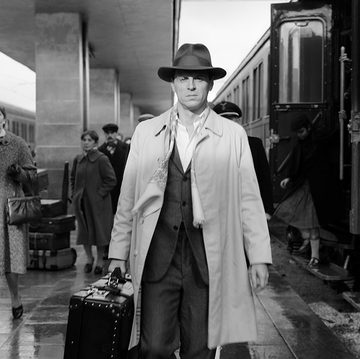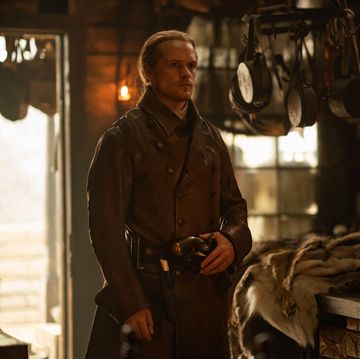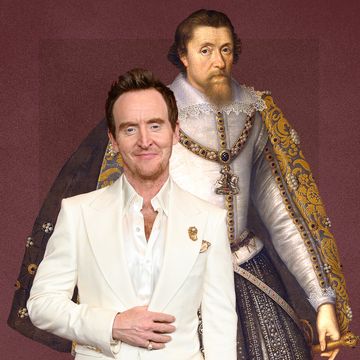She was the most powerful woman in the world. An avid reader who maintained lengthy correspondence with the leading philosophers of her day. She wrote plays, works of children’s literature, and a memoir. She embraced scientific innovation and oversaw one of the first mass inoculations for smallpox. And, oh yes, she expanded the Russian empire by over 200,000 square miles.
It’s no wonder Catherine the Great, who ruled Russia from 1762 to 1796, has been the subject of so much academic attention and, lately, the source of television-series inspiration (season 2 of Hulu's The Great debuts tonight). But one of her most lasting accomplishments, if not overlooked, is often relegated to footnote. Starting in 1764, she began a buying spree that lasted years and ultimately resulted in one the world’s most important art collections—now the State Hermitage Museum in St. Petersburg.
She was, by her own description, “gluttonous” when it came to acquiring art and she spent millions of rubles on paintings by old masters and contemporary artists—ultimately procuring more than 4,000 paintings as well as countless statues and elaborate works of automaton.
Today the Hermitage is a multi-building institution that houses more than 3 million pieces of art, only a fraction of which are on display at one time. The main complex comprises the Winter Palace (the Romanov family's former residence) and adjacent buildings, including the Small Hermitage, the Old and New Hermitages, and the Hermitage Theater. The collection has survived revolution, invasion, and mouse infestation (see below). Like most of Empress Catherine II’s undertakings, accumulating art was part of a larger strategy (one started by a predecessor, Peter the Great). In the 18th century, European courts vied to be centers of artistic and scientific innovation. Having a world-class collection at the palaces in St. Petersburg broadcasted to European leaders that Russia held equal ground.
Her first purchase was a group of more than 200 paintings, including works by Rembrandt and Rubens, assembled by a Berlin merchant and art dealer named Johann Ernst Gotzkowsky. He had gathered the pieces at the request of Frederich II only to have the Prussian leader back out of the purchase at the last minute (the price tag was high and Prussia was still recuperating from the costly Seven Years War). It was the first in a series of major acquisitions in which Catherine would sweep in and acquire a collection that had interested another European leader.
Although the Hermitage has been open to the public since 1852, it began as a private collection. Catherine had artwork and libraries installed in the “Small Hermitage,” a pavilion she had built adjacent to the Winter Palace where she could host theatrical presentations, social assemblies, and dinner parties around an enormous table dressed in the silver and Wedgwood porcelain. The table featured mechanical devices that raised and lowered dishes from the kitchen below—a novelty that offered a side benefit of allowing Catherine and her guests to converse freely without fear of being overheard by servants.
Russian courtiers jockeyed to help the Empress with her new passion. Grigory Potemkin, the Russian prince, military leader, and Catherine’s longtime lover, famously helped her acquire the Peacock Clock, an automaton featuring a head-swiveling owl, crowing rooster, and peacock that fans golden plumage. The timepiece, which was designed by the English artisan James Cox, arrived in St. Petersburg in boxed pieces and took a Russian craftsman and inventor two years to assemble. Potemkin died of a sudden fever, at the age of 52. “A terrible deathblow has just fallen on my head…” the Empress wrote to a friend. “My pupil, my friend, almost my idol, Prince Potemkin of Taurida, has died… you cannot imagine how broken I am.” The clock still functions and is wound and run for visitors to the Hermitage once a week (check on the museum website for times).
Most of the Hermitage Museum collection is housed in former royal palaces (including the Winter Palace and Hermitages) located along the Neva River. These grand, cavernous buildings were perfect for hosting royal events and housing rare artwork and fine tapestry and, since construction, mice who like to chew on both. Peter the Great’s daughter, Empress Elizabeth, was the first to install a battalion of house cats, including some larger specimens imported from Kazan, to deter the invaders. There have been cats in and around the Hermitage ever since although today they can be seen mostly on the grounds, in the basements, and on their own Instagram page.
The Hermitage is the largest museum (by gallery space) in the world. Most first timers start at the Winter Palace in the main complex. Opening times and ticket requirements have changed due to pandemic-related restrictions. Check the museum's website for information about new preregistration requirements.
